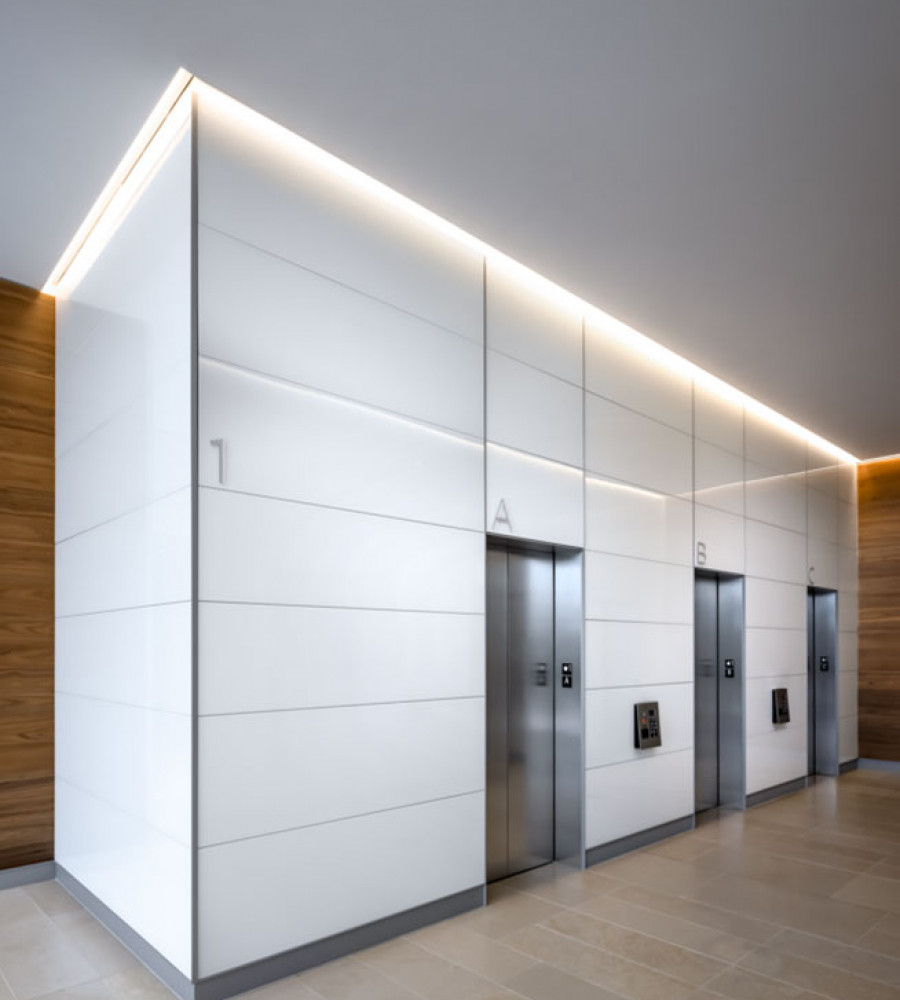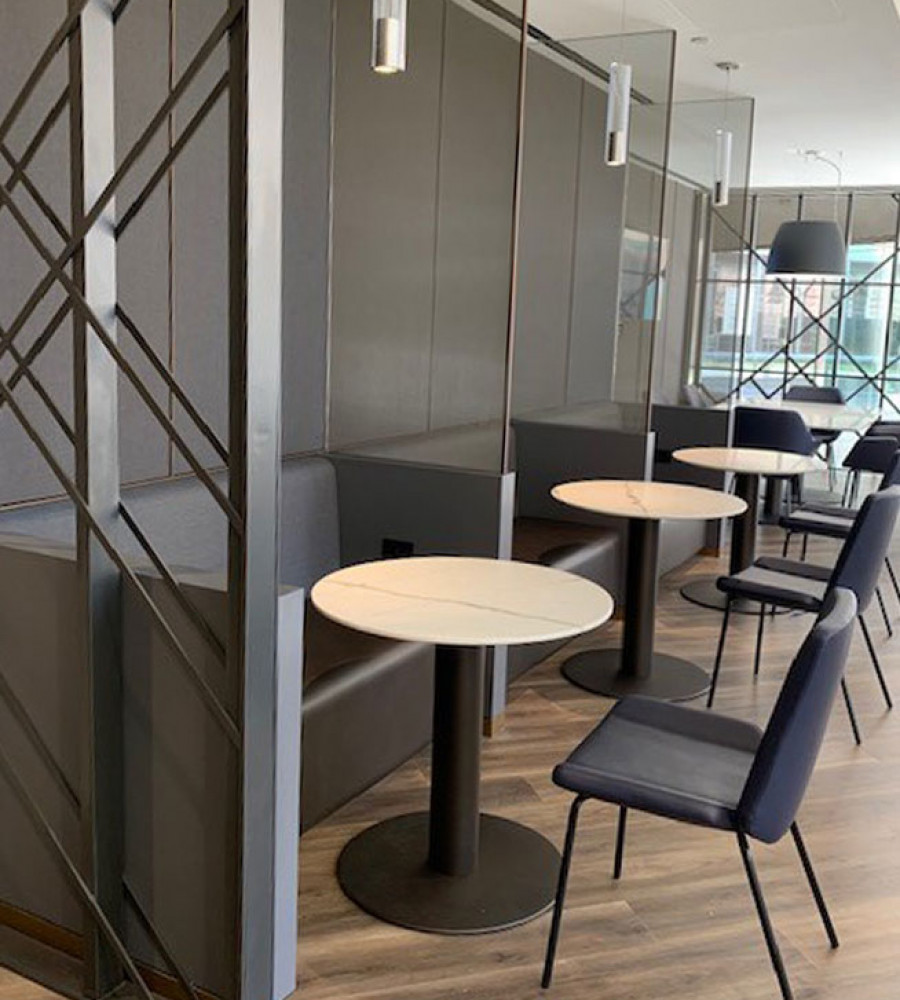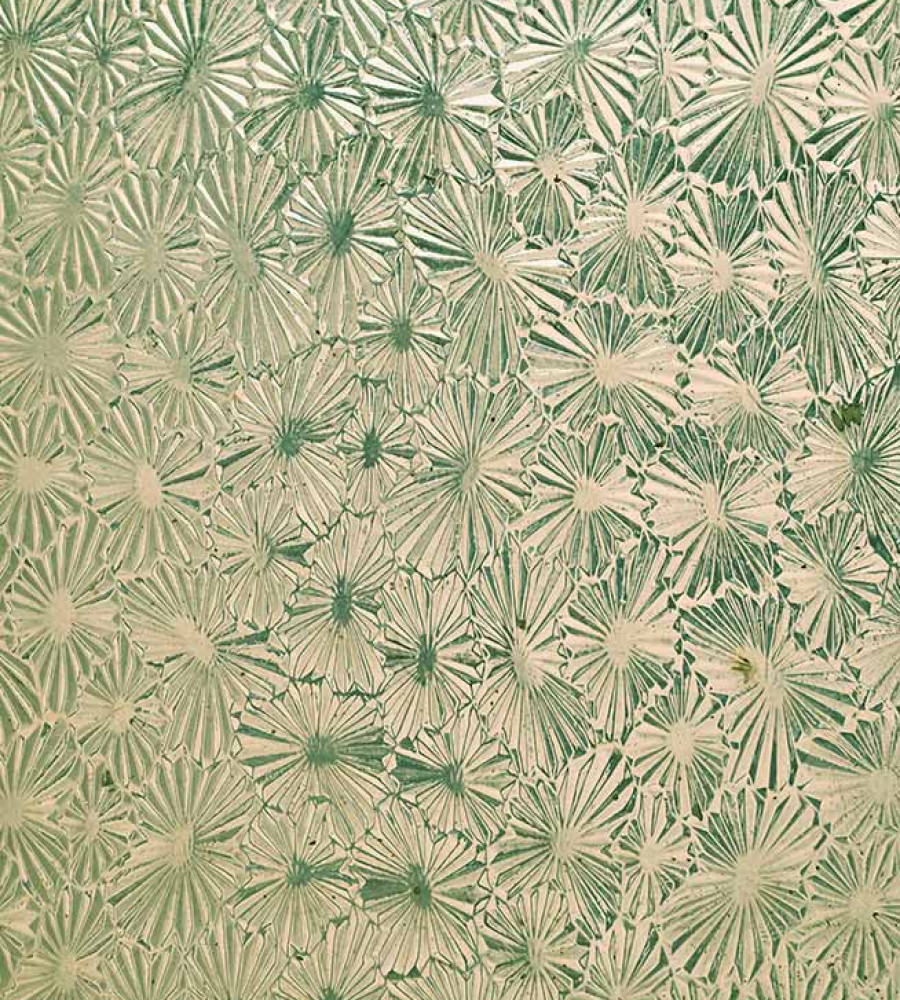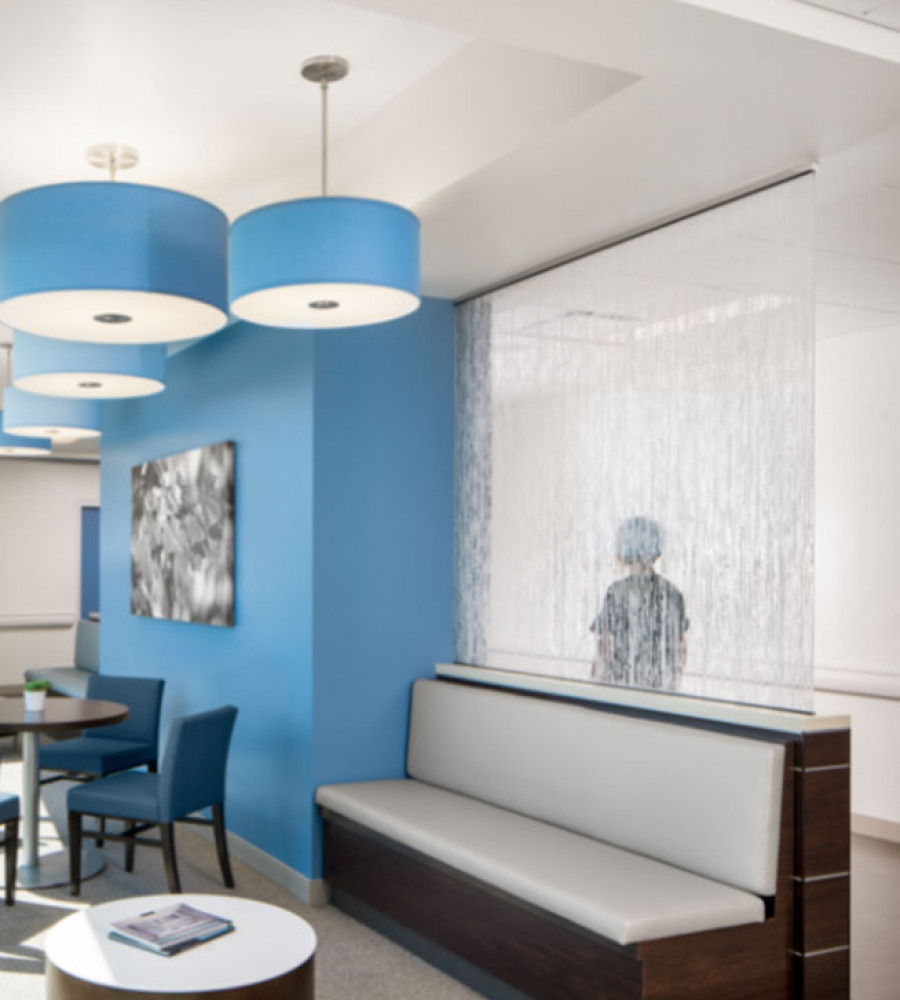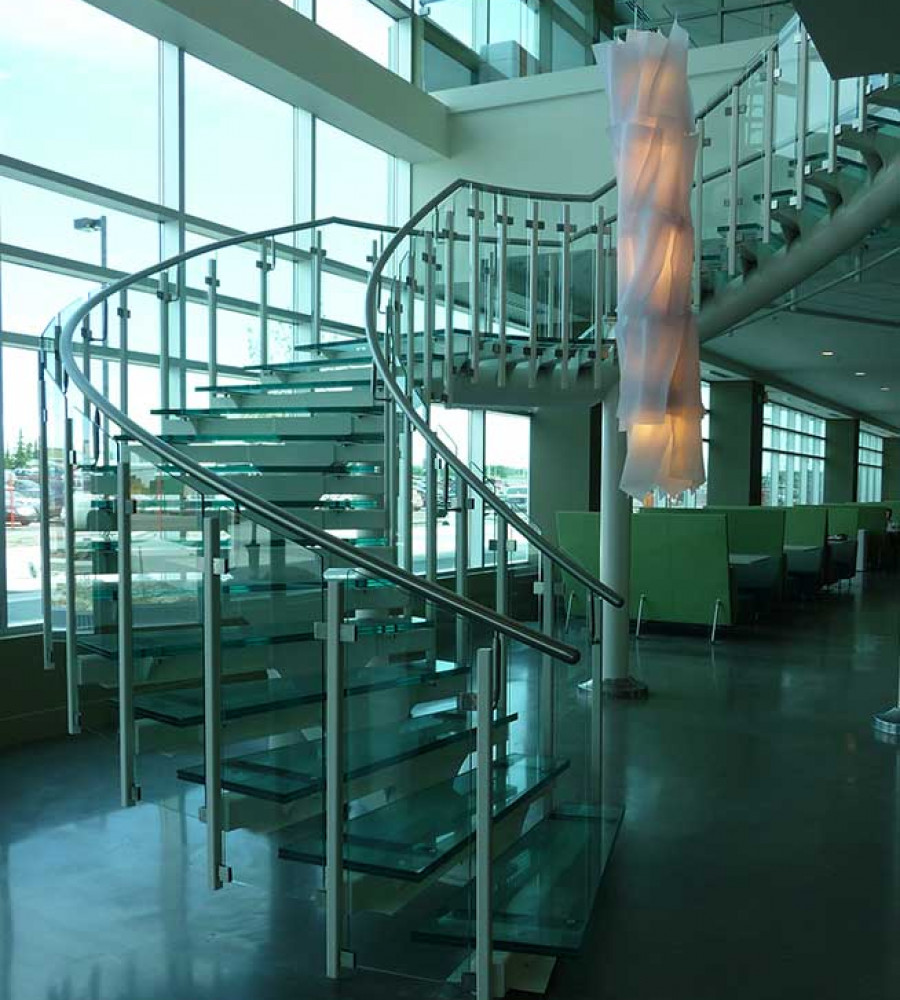Posted: 3 years ago
What's the difference between Clear Glass and Low Iron Glass?
Clear glass versus low iron glass: what’s the difference?
Think all glass is the same? You may be surprised to learn that there are different types of glass out there, and for architectural decorative glass projects, some types of glass are better than others.
The two main types of glass used for architectural purposes are clear glass and low iron glass, both of which have names that can be a bit confusing. Let’s explore these types of glass and which type may be better for your decorative glass project.
Clear glass
Have you ever had the opportunity to look at a piece of glass from the side? Do you remember if it had a green tint to it? That tint is a distinguishing feature of clear glass, which, despite its name, is not totally clear.
The green tint in clear glass is caused by its iron (ferric oxide) content, which can come from naturally-occurring iron oxide in the sand used to produce the glass, or from the container in which the sand was melted to make glass. The thicker the glass, the more prominent the green tint.
Low iron glass
Once again, don’t let the name fool you. Iron levels in all glass are typically low. In the case of clear glass, the amount of ferric oxide is about 0.1%. In low iron glass, ferric oxide makes up about 0.01%—or about 10 times less than clear glass—of the glass composition. This lower level of iron reduces the amount of green tint, allowing more natural light to pass through the glass and a clearer starting point when using glass for architectural purposes.
Which type of glass should I choose for my project?
Clear glass is a great option for functional uses, such as stair railings, doors or partitions—uses that don’t require a decorative or colored finish.
“Once you start considering more detail, such as backpainting, digital printing, or a laminate interlayer, low iron glass is your best bet,” says Amy Underwood, an architectural sales representative for Goldray Glass. “The green tint of clear glass can make it difficult to accurately match your desired colors. For example if the vision is a striking and vivid orange in the design, the green tinge of the glass, will play a part in the final color outcome, this is something to keep in mind.”
Low iron glass is also recommended for marker boards and frameless glass walls because of the clearer and cleaner finish.
If you are thinking about building display cases, low iron glass is the preferred material of choice as the green tint of clear glass can hide or alter the details of the items you have on display.
If you are looking to increase light in your space, such as in open workspaces, schools or medical facilities, low iron glass is your best choice as it can increase the flow of natural light through the panes.
“Low iron glass has better clarity, and appears more transparent no matter the thickness of the glass,” says Underwood. “Compared to clear glass, low iron improves light brightness by up to 8% (glass thickness dependant).”
At Goldray, both clear and low iron glass is used in our client projects, depending on the elements being created.
Clear glass was used on one side of the staircase at the Old Town School of Folk Music in Chicago, to allow the images of influential musicians to stand out in the space.
For that same project, low iron glass was used for the images of musicians to ensure colors were vibrant and true to the artist’s concept.
Inside Zurich North America, clear glass was an ideal choice for the wall surrounding the main staircase, while low iron glass was used for the blue accent wall using our silkscreened ceramic frit process. For this project, it was important to match Zurich’s royal blue corporate color, making low iron glass the obvious choice.
What about cost differences?
“Typically, clear glass is less expensive,” says Underwood. “But the difference between clear glass and low iron glass is fairly minimal, so it is really about aesthetics and function rather than cost.”
Additionally, both types of glass can be used in both exterior and interior projects and have the same fabrication capabilities.
No matter what your project or requirements, the Goldray team will recommend the best product to meet your needs. Whether that’s low iron or clear glass, we guarantee a stunning finish every time.

